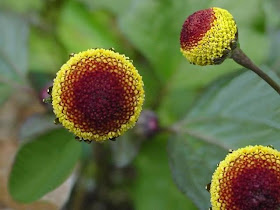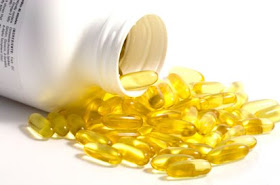 |
| Lowering Blood Pressure |
Hypertension or high blood pressure is one of the most common health ailments which affects more than 50 million people in the US alone. Blood pressure is basically the force of the blood against the walls of arteries. If a person is suffering from high blood pressure, the heart of that person works much harder and the victim is also prone to many cardiovascular diseases. The list of foods and herbs that lower blood pressure given below is useful for people who are trying to control this situation.
Spinach
According to the latest reports from the latest medical universities in the world, people who consume more than 800 mg of spinach per day have a very low chance of suffering from high blood pressure. Spinach is an excellent source of folate and magnesium. Both of these constituents help in lowering blood pressure.
Avocados
Many people are not big fans of avocados, but you can use them in making your favorite dips and sauces. Also lower the consumption of chips and eat carrots with dips. Avocados and carrots are a great source of potassium which helps in lowering blood pressure.
Turmeric
One of the best herbs to lower blood pressure, turmeric is a very popular herb from the Indian sub continent. It's found in almost every Indian home. Not only is it an excellent wound healer, it also boosts metabolism, reduces cholesterol, regulates blood circulation and purifies the blood.
Fish
Fish is the best example of foods that lower blood pressure quickly. Salmon, cod, tuna and halibut are excellent sources of potassium which is good for the blood. Fish is a rich source of omega 3 fatty acids which keeps the heart healthy. While buying make sure you always select fresh fish.
Nuts
Medical reports and journals often say that eating nuts like pistachios, almonds and walnuts is very good for the heart and it helps in keeping the blood pressure under control. People suffering from high blood pressure should consume nuts daily. They are a high source of saturated fats and antioxidants, both are considered good for the heart.
Dark Chocolate
Chocolate lovers will love to know that flavonoids contained in it lower blood pressure by increasing the production of nitric oxide in the body. Nitric oxides helps the body muscles to relax which means more blood flow. Dark chocolate also keeps your cholesterol level under control. If you are overweight, make sure you eat only little chunks of chocolate which would be enough to lower your blood pressure.
Garlic Chives
Garlic chives come from the same family as garlic but are not as spicy as garlic cloves. They are a popular herb used in Asian cooking. They have a high content of vitamin C, beta carotene, potassium, vitamin A, and riboflavin. The oil of garlic chives is used for the treatment of wounds and cuts. Chives also make the heart healthy, regulate blood flow, and lower blood pressure.
Potatoes
Most people identify potatoes as a vegetable which increases fat levels in the body. But most of us overlook its health benefits and this vegetable is often prepared in unhealthy ways. Potatoes are a great source of potassium and fiber which is very healthy for your heart.
So these were some of the foods and herbs which you can consume to lower your blood pressure. It's not always safe to opt for medication, going the natural way has a long term and positive effect.

































